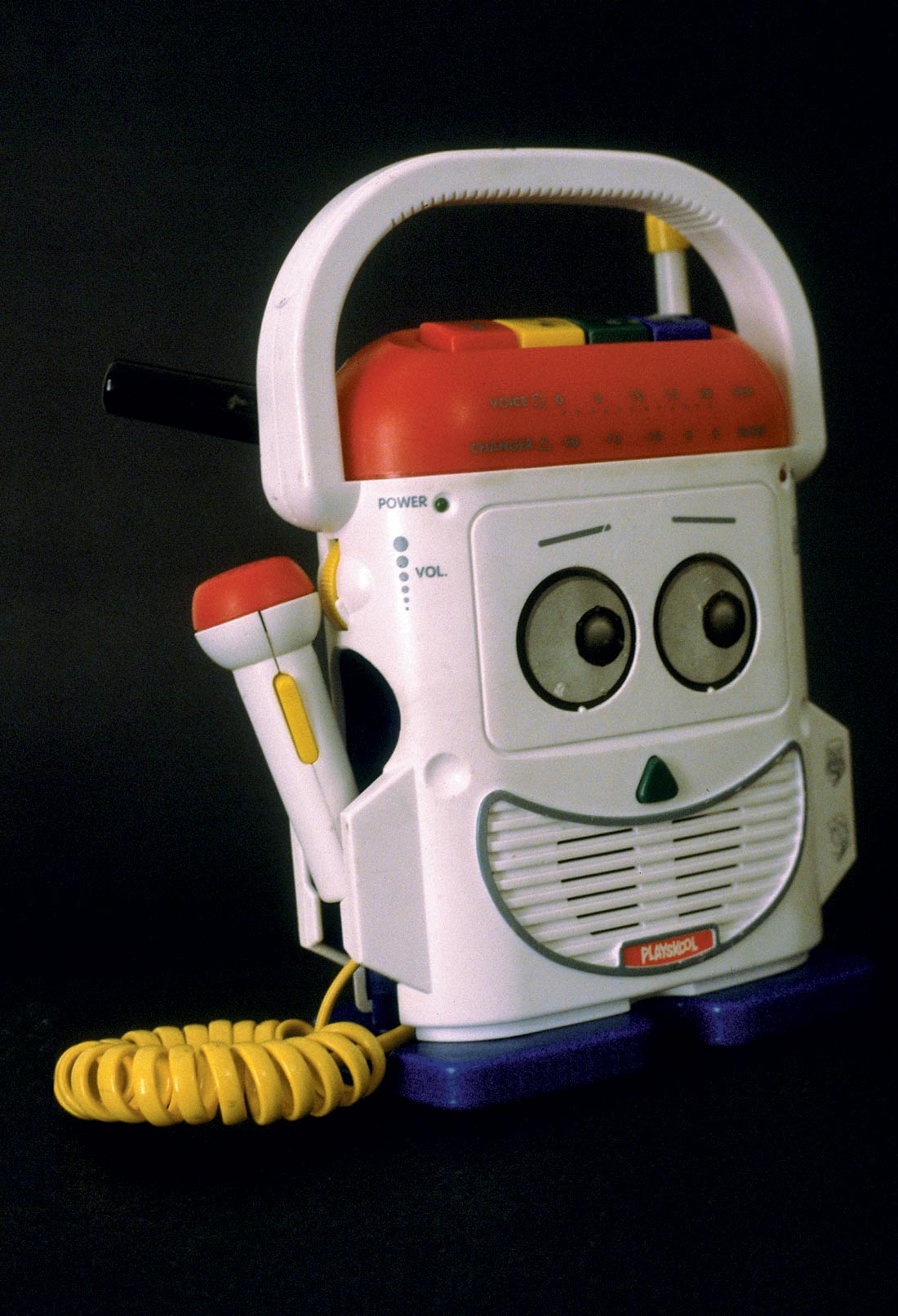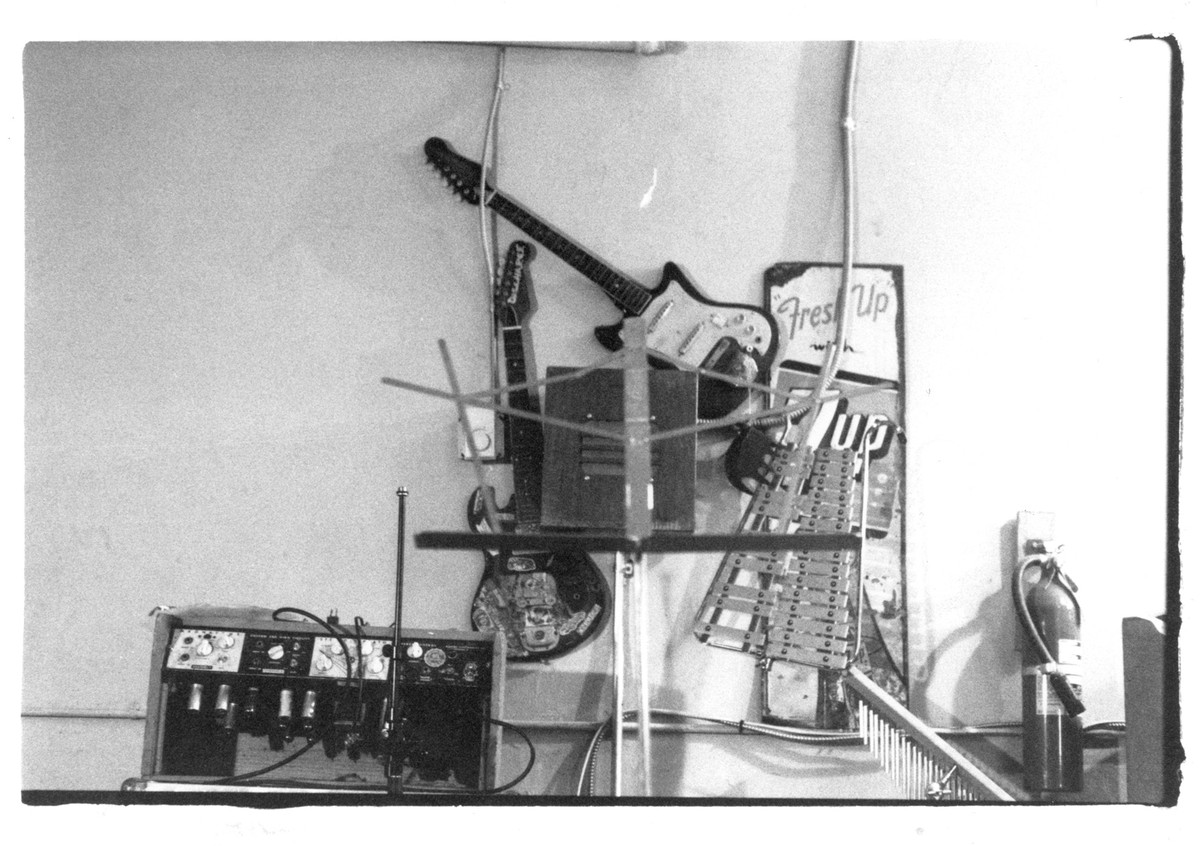Just the other day a band came in for a quick tracking session. As they were setting up their gear I heard one of the guitar players comment that he wanted to buy a guitar preamp for $250 so he could run his guitar into it before hitting his cheap solid-state amp. I explained to him that a lot of the sound of a classic tube amp comes from the power tubes, and that he would still be running through the solid- state portion of the amp, therefore only marginally improving his sound. I don't think he really believed me.
The recording studio is the place where musical gear meets its moment of truth. It doesn't matter how much you spent on it, how long you've owned it, what color it is or what brand it is. If it doesn't sound good, it doesn't sound good.
One guy brought in a $100 bass and a guitar amp and said, "I want a really deep tone." I tried the bass through the guitar amp and determined there were very few low frequencies coming through the speakers so I decided to try just a DI. By the third DI box I decided it wasn't my gear's fault and that the cheap bass was also a crummy bass with very lousy pickups. All I could do was keep adding low end at every turn, which created a very muddy soup.
I once had a drummer come in who had, as the batter-side head of his kick drum, an old head from the front-side with a 6" hole in it. So he was beating on a drum head with a big fucking hole in it. He didn't seem to want to go buy a new one so I stuffed the drum with padding and contented myself with a muddy thump as the kick sound. When he came in for a session a year later the head was still on there but luckily Steve West (of Pavement) had left one laying around that didn't have a hole in it, so we used that instead.
A number of guitarists have shown up with certain inexpensive solid-state amps with less than charming sounds. While I understand having a lack of money, I don't see how they couldn't hear how crummy their guitars sounded through these things. Then there's the people who try to make up for these crappy-sounding amps with digital processors that are supposed to help the sound. This just adds another layer of mush.
There's a reason certain things sound good. There's a reason many people play Strats, Teles, Les Pauls, SGs, and Martins — even though some of these guitars can be clunkers. There's a reason '60's Ludwig drum sets are still around. There's a reason people have real pianos and organs at studios even though keyboard modules stay in tune easier and are cheaper. There are no quick fixes. There is no box that will make a crappy instrument have great intonation and perfect action. There is no computer plug-in that will make your poorly-tuned drums sound in tune.
I was working on an album recently where we had five snare drums, several ride and crash cymbals, four or five electric guitars, two guitar amps, three bass guitars, two bass amps, four acoustic guitars, grand piano, Rhodes piano, Hammond C2 with Leslie and some synths. I realized that even on a budget much of this stuff could be borrowed from friends (maybe not the grand piano) and that the options available were lending different sounds and feels to the songs, which was a very important thing. These were things that all the mics and preamps couldn't change — they had to come from the source.
Before the mic, preamp, compressor and recording device comes the instrument. Make sure it does what you think it does and want it to do, and that you have other options available. You'll make a better record, I guarantee it.


